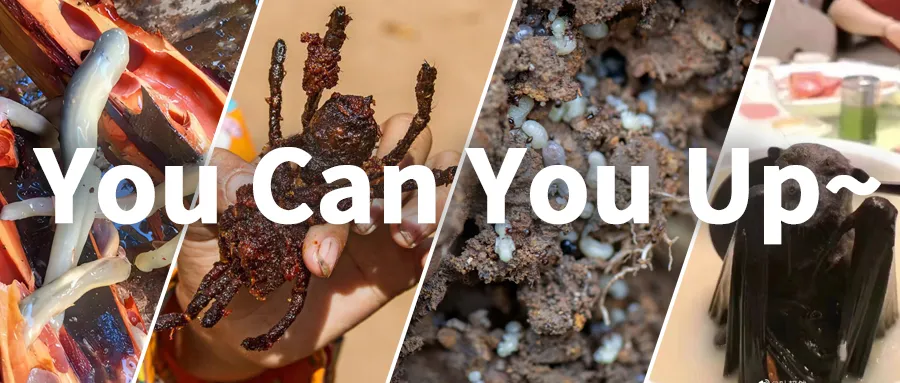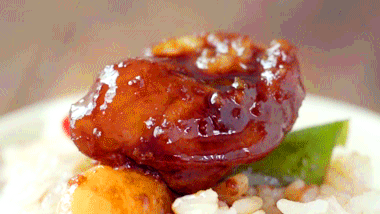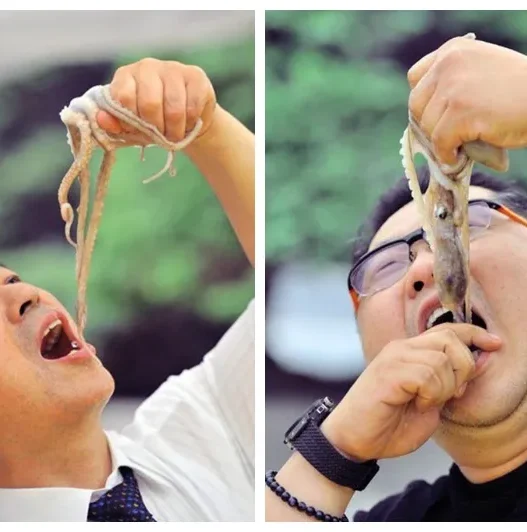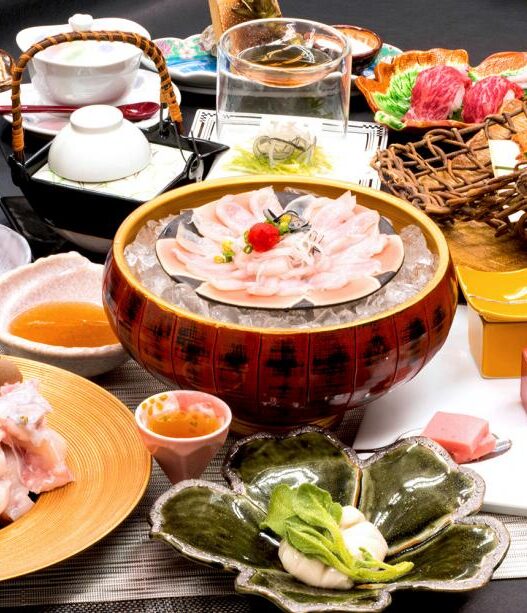The Philippines is home to several dishes that can shock and awe the senses, which, while considered everyday cuisine by locals, might leave international students like Yi shaking their heads in disbelief at the “dark cuisine” on offer.
Tamilok: The Daredevil’s Delight
Tamilok, the Filipino delicacy for the brave, can be found in both street-side stalls and upscale restaurants. At first glance, its appearance might send shivers down your spine, or its odor might make you recoil. Only those with a daring palate can truly appreciate its unique texture and extraordinary flavor.
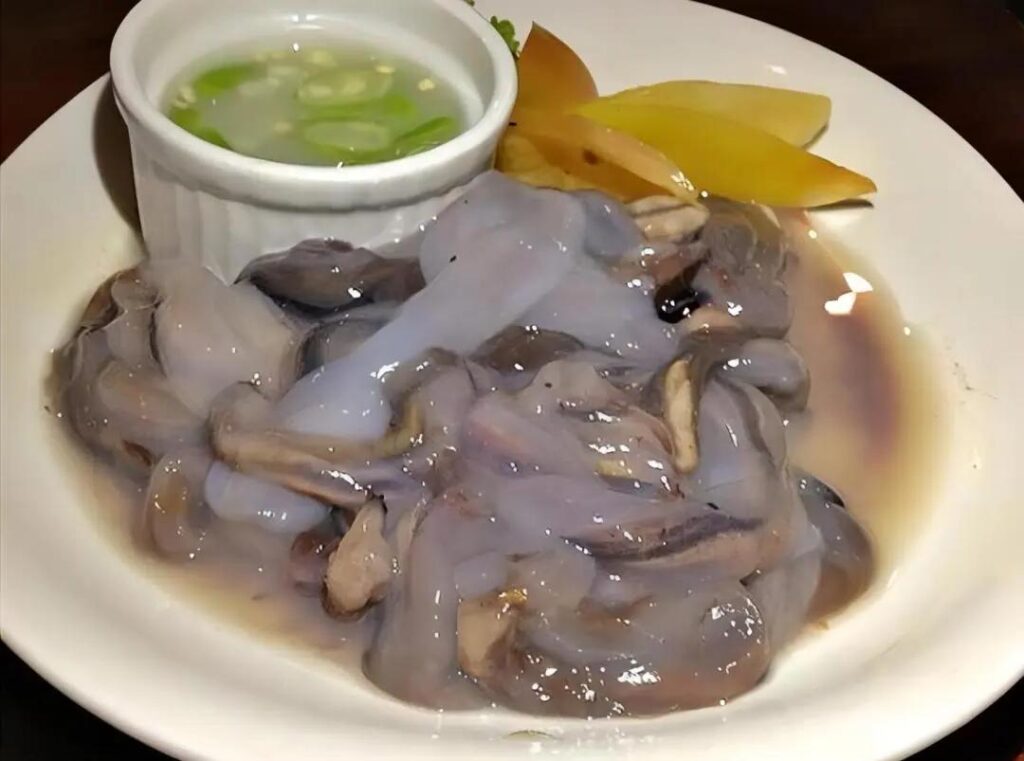
“A high-end ingredient often requires the simplest preparation.”
For Tamilok, the “street food saint,” sashimi is the purest form of cooking.
Pick up a pair of these “worms” still glistening with fresh secretions, dip them in a mixture of calamansi, ginger, and minced garlic, and with primal instinct, swallow them whole — this is the Filipinos’ way of paying homage to nature’s gifts.


Tamilok goes by many names, none of them particularly flattering. Many tourists refer to them as “tree worms,” often because they’ve witnessed the collection process with a grimace. It’s a sight that could haunt those with a phobia of dense clusters.


Before becoming a street food legend, Tamilok was merely a “wood-boring worm” living in the decayed mangroves, causing significant damage to timber in the sea, much to the dismay of fishermen and sailors. Hence, it also earned the unappetizing nickname — “shipworm.”
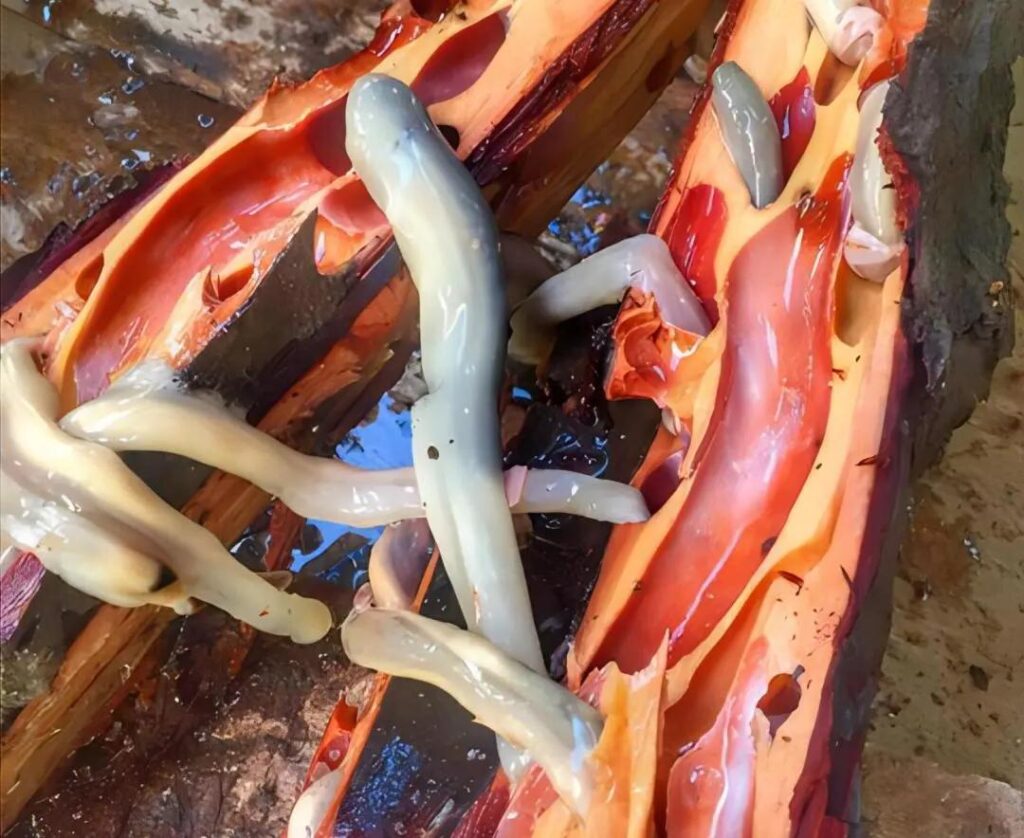

It wasn’t until World War II when an American Geographic Magazine editor, witnessing locals stuffing something resembling snot into their mouths, exclaimed, “Tommy, look!” that Tamilok got its more palatable, albeit still peculiar, official name.

In reality, Tamilok is not a worm but a marine mollusk, related to other sea creatures. Its appearance might remind first-timers of the phlegm their grandfathers would spit after smoking a pipe, but for those brave enough to try:
“You can detect the fresh scent of wood, reborn from the decayed mangroves, with a purity that comes from the meticulous cleaning by the craftsmen. Each chew releases a burst of juice, and swallowing it feels like drinking fresh milk. Some say it tastes like the sea, while others find in it the taste of life’s decay.”

Many male tourists, on their first meal in the Philippine archipelago, surrender to the temptation at a roadside stall, ordering Tamilok with a Long Island Iced Tea, not for any other reason but because the vendor claims, “It has the same effect as oysters!”

Today, Tamilok has surpassed balut as the icon of Filipino street food, with its high demand leading to conservation efforts for the mangroves. What was once a man’s aphrodisiac has become a vendor’s fortune.
Balut: The Infamous Dark Cuisine
Balut might be the Philippines’ most internationally recognized “dark cuisine.” Similar to China’s “hairy eggs” or “live pearls,” balut is essentially a partially developed duck egg — incubated for 14 to 21 days to allow the embryo to develop slight bones and feathers.

To prepare balut, duck eggs are typically boiled for about 30 minutes, then the top of the shell is cracked open with a spoon. The soup inside is sucked out first, then the shell is peeled back to reveal the tender, protein-rich duck embryo, which is seasoned with a mix of salt, chili, lemon juice, vinegar, pepper, or fish sauce before being eaten.
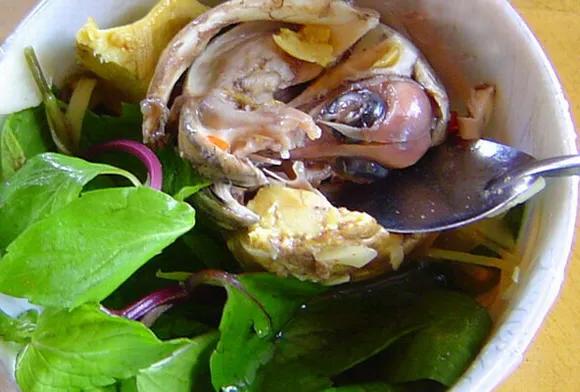
This unique texture combines the freshness of an egg with the tenderness of duck meat, making it a beloved Filipino delicacy.
Abuos: The Ant Egg Delicacy
Ant eggs, while sounding somewhat terrifying, are considered a gourmet ingredient in various countries, including the Philippines. The dish known as “Abuos” features the eggs of the red weaver ant or tree crown ant, often found nesting in mango trees.
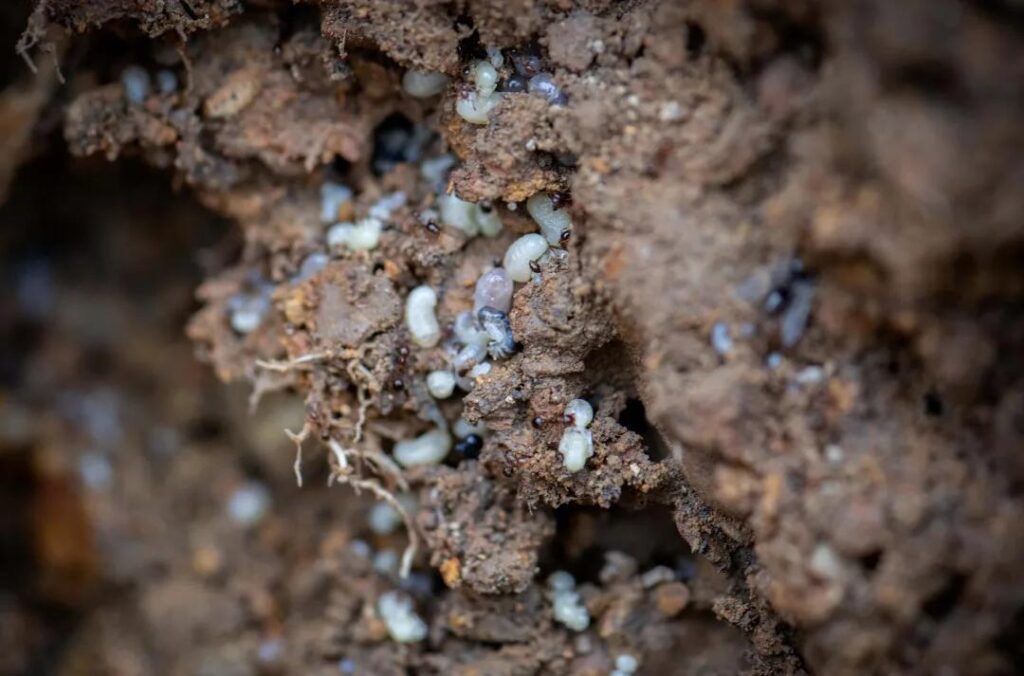
The preparation is straightforward — the ant larvae and eggs are stir-fried with tomatoes and garlic. The white ant eggs, small and bright, resemble sprouting mung beans.
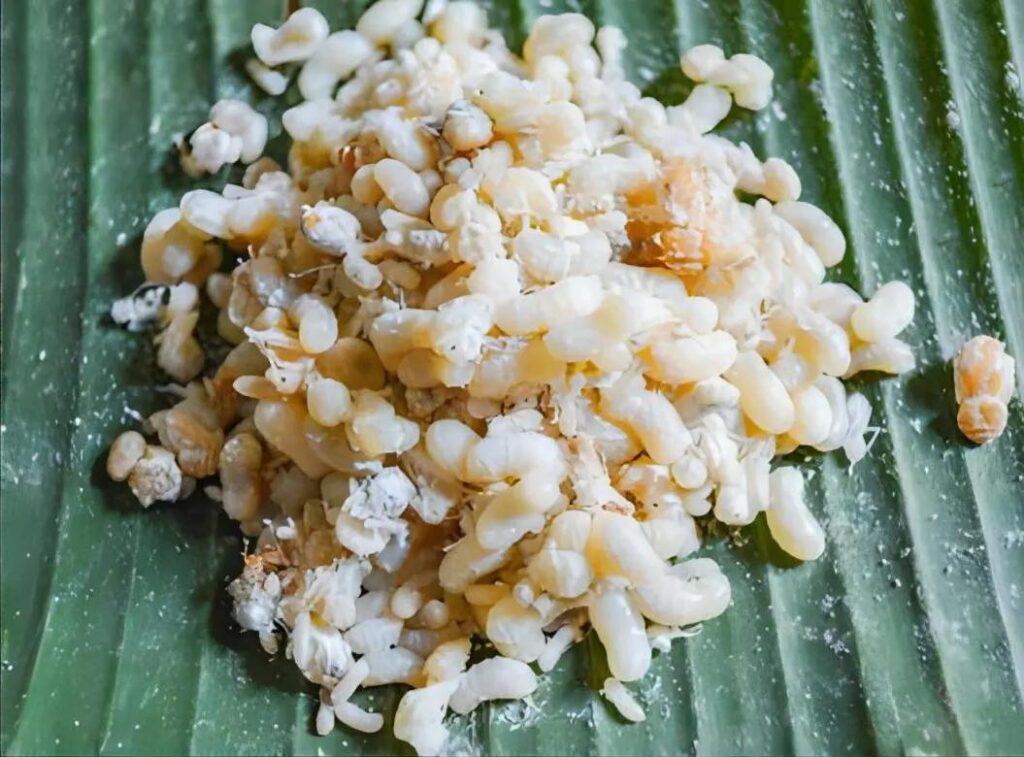
High in nutritional value, ant eggs are packed with protein, amino acids, and minerals. However, due to the difficulty in harvesting and their low yield, this dish commands a high price, earning it the local nickname “caviar.”








